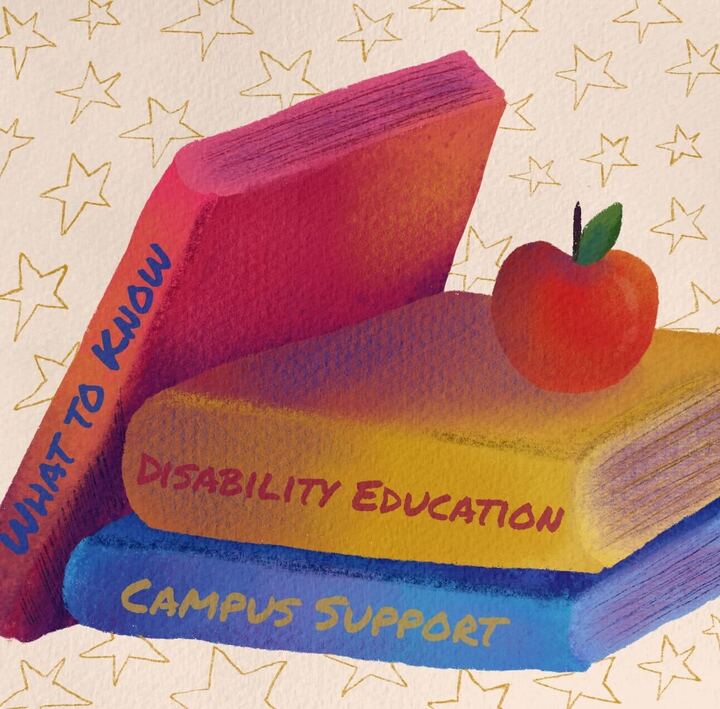
As I flip through the business section of the newspaper, I constantly come across headlines of corporations asking for government bailout, banks asking for government bailout and most recently, the state of California asking for bailout. It makes me wonder, will financial aid now be asking for bailout or get completely phased out?
I raised my concerns to Gregorio Alcantar, counselor in the Financial Aid and Scholarship office at CSUN.
The good news is the federal government will not eliminate financial aid. In fact, the government is being more flexible at lending more money to students.
I also expressed a common issue my friends and I have discussed. Several of my friends who don’t qualify for grants tell me: “I didn’t qualify for financial aid,” or “It’s so unfair, according to financial aid, my parent’s make too much money and now I don’t qualify for financial aid even though they don’t pay for my college.”
But, Alcantar proved me otherwise.
Alcantar said, many students define financial aid as free money meaning grants or work study, “but the true definition of financial aid is the availability of all resources, including self help aid, such as loans. So when students say they didn’t receive financial aid and I see they qualify for loans, then I correct them and tell them they did.”
All available resources, such as paying for school supplies with a credit card or if Uncle Sancho gives the student a couple dollars a weekly to buy a book or if a student works at a part time job to pay for college expenses, is all considered aid.
However, the federal government’s philosophy as it pertains to financial aid is it’s the parent’s responsibility to pay for their children’s college. Therefore, when the forms ask for the parent’s income, it asks the question because it’s trying to see what is the parent’s ability to be able to help pay for college.
The financial aid forms don’t ask if parents can or will pay for college, “it just basically says that there is a possibility that they could,” he said.
Once the Financial Aid office at CSUN reviews the application, as long as the student is eligible to receive financial aid, then he/she can at least receive a loan that could be enough to exclusively cover CSUN’s tuition.
There are four types of loans made available through financial aid.
Through the Federal Stafford Loans a student can get the Subsidized Stafford loan were the federal government pays for the interest rate while the student is in college.
Then there is the Unsubsidized Stafford Loan where the student is responsible for paying the interest rate that accrues while in college. In this case, the student can opt for paying the accrued interest rate after resuming their studies.
The two other loans are the Federal Perkins Loan which is made available to students with exceptional financial need. The loan is fixed at a 5 percent interest rate.
And the Federal Plus Loans are federal loans made available to the parents to help pay for their child’s college.
For those like international students, who don’t qualify for any Financial aid can apply for alternative loans.
Alternative loans are not from the federal government, these are loans one can only acquire through banks and their criteria can be a lot stricter. The credit score and income of the applicant is looked at a lot more closely.
Personal Banker with Citibank, Sara Yohanna, said students from CSUN can apply for a personal loan ranging from 10 to 26 percent, risk based pricing. This loan is considered a fix rate product once the student sings. The interest rate always stays at a fixed rate regardless of how the market is doing.
The other option is a line of credit known as Ready Credit. A line of credit is fund available to the student. However, they only pay interest on what they utilize and the remainder of the line will still be available for their use as needed. A line of credit is a variable rate product, meaning the interest rate will fluctuate with the market place. “After a need base conversation with a personal banker, the individual students situation would be assured and the appropriate product would be recommended,” Yohanna said.
Given that, through financial aid I didn’t qualified for grants, I resorted to applying for federal loans. Before formally applying for a loan I was required to attend a loan entrance workshop.
To me, it was my first biggest financial decision I was going to make, jet, like many students, I was clueless on loans.
But the loan entrance workshop demystified loans. It was there, where I learned the ins and outs of loans.
As a college student, I can understand why many of friends who don’t qualify for grants refuse to take out loans. They don’t out of fear and lack of familiarity. Instead, some work a minimum wage job to pay their way through college.
I did that too, but in the end it is much better to take out a federal loan, which is guaranteed to not exceed an eight percent interest rate, then it would be to pay it back in payments after college with a salary that is not minimum wage.
For more information look at:





